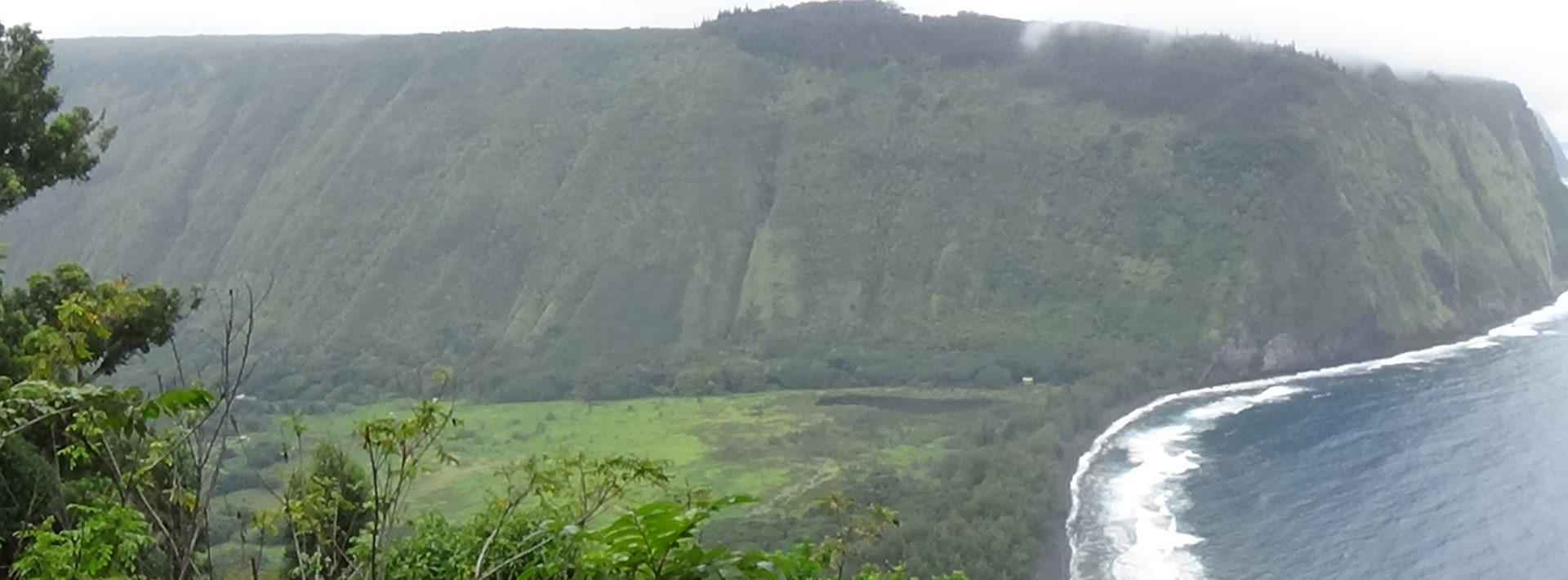TREX 2018 Day 10: Snorkeling and a ONE-MA3 Connection

By David Wu ’19
A quick recap of the last couple days: We arrived at Hapuna Beach State Park on Thursday evening after a strenuous but rewarding hike to the beach at Waipi’o Valley. On Friday morning, we drove to learn about Kahalu’u Bay to snorkel and learn about the history and conservation efforts taking place there.

Despite Kahalu’u Bay’s cozy feel, it has over 400,000 visitors per year, so human impact is amplified on its delicate coral ecosystem. Surfers frequent one side of the bay, but the bay also has a stone barrier on the other side, which allowed a diverse fish and coral ecosystem to flourish.

Recent erosion to the beach at Kahalu’u Bay reminded me of scenarios that I learned about while on the ONE-MA3 trip in Italy two years ago. Historically, in the summer, northern currents have carried sand away from the beach, and southern currents in the winter bring back sand to replenish the beach. Rising sea levels have caused these currents to erode not just the beach, but areas under a pavilion and guest area.
The beach area used to be protected by a dry-stack wall. Dry stacking is a traditional building technique where the rocks are arrange into a wall without any binding material. The gaps between the rocks allow for some of the water to flow through.

However, in the most recent attempt to prevent the waves from reaching farther inland, a non-porous rock wall was built at the edge of the water. The wall has failed to stop the water, and the waves have broken through the bottom of the wall. Some of the employees believe that it has caused the beach to erode at a faster rate.

Similarly, there have been cases where attempts to preserve and conserve structures at cultural heritage sites with modern building techniques have actually caused more damage and increased the rate of deterioration. It seems clear, that these traditional methods lasted for so long because they worked better than the methods we use today. It is definitely worth researching these techniques such as dry-stacking to understand why they work so well. Hopefully, we will be able to apply these lessons to develop new techniques.
Every year, a group of MIT students and professors travel to the Big Island of Hawaii to gain fieldwork experience through TREX (Traveling Research Environmental EXperiences). The first TREX trip was held in 2000, and since launching has taken students on research activities in domestic and international settings. For more undergraduate opportunities, click here.



